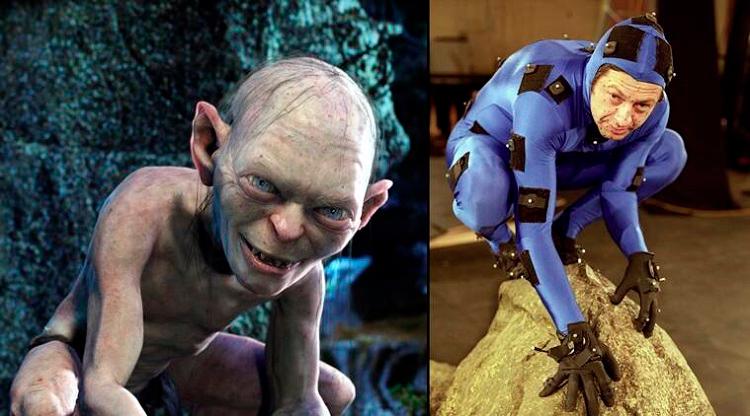FACING silver and digital screens of all sizes, we are transfixed as our eyes become locked on the images before us from superheroes performing Herculean feats of might, extinct dinosaurs being brought back to life to visions of distant planets and stars exploding within metres of us.
Once a stuff of imagination, these moments have become an everyday reality thanks to the near-relentless evolution of special effects in movies thanks to human creativity and the leaps being made in technology.
The breathtaking scenes and images seen in recent movies such as Dune: Part Two can be traced back to the birth of cinema, when filmmakers first began using practical effects once colour spilled over the black-and-white pictures of yore.
Rudimentary techniques from miniatures, matte paintings and camera tricks were used to evoke responses that were never experienced before, like everything Stanley Kubrick did in 1968’s 2001: A Space Odyssey.
His use of miniatures, front-projection techniques and camera tricks using forced perspective such as the centrifuge jogging sequence set a huge standard when it came to realism in science fiction.

CGI enters scene
The early benchmark set by Kubrick was later followed up by George Lucas’s Star Wars and Ridley Scott’s Alien films that pushed the boundaries further roughly a decade later. Lucas’ films in particular were created by Industrial Light & Magic pioneering nothing less than practical effects for the Star Wars original trilogy.
In the 1980s, the practical nature of special effects (SFX) underwent an evolution with the advances introduced through visual effects (VFX) using early computer-generated imagery (CGI). Apart from 1982’s Tron, the VFX and CGI in this era was still relatively terrible but it was a window into what was possible in the future.
That future was brought to cinematic life with Steven Spielberg’s Jurassic Park 10 years later as the blockbuster showcased the potential of CGI while simultaneously blending it with practical effects and live action.
A year before that, James Cameron also pushed the power of CGI to its absolute limit with technology from the early 90s in Terminator 2: Judgment Day, which featured the groundbreaking VFX behind the liquid metal T-1000 Terminator robot that blended realism and digital complexity.

This was followed by 1999’s The Matrix, a film that quite literally broke the laws of physics and the fabric of reality after it introduced the “bullet time” visual effect.
Following the same 10 year pattern, the turn of the millennium once again saw technology jumping forward with the adoption of motion capture (mo-cap) technology.
The earliest film in this era to use mo-cap – and successfully at that – was Peter Jackson’s The Lord of the Rings trilogy, in which actor Andy Serkis plays the entirely digital character of Gollum from 2001 to 2003.
Not content with what he did in Judgment Day, Cameron would use mo-cap technology to create an entire race and world of digital characters opposite live action actors in 2009’s Avatar.
The end of the 2000s also saw CGI becoming more complex with Marvel Studios’ Iron Man, where actor Robert Downey Jr played a character in a suit of CGI armour. The film also heralded how the next decade and a half would see cinema drowning in a visual effects tsunami, perhaps where form overtook substance.

Triumphs and challenges
In 2024, the lines drawn in between what is real and digital has become nothing more than a smear. Pretty much putting cinema in a stranglehold for a decade, the Marvel Cinematic Universe set a new standard for visual effects while simultaneously starting a VFX crisis in Hollywood, particularly in overworking visual effects companies that Marvel Studios outsources the production of its visual effects shots to.
Due to the prevalence of CGI, often poorly made due to the aforementioned factors, there has been a renewed appreciation for practical effects using classic filmmaking techniques.
This is why modern films that combine practical and visual effects are often celebrated and appreciated more, such as George Miller’s Mad Max: Fury Road. Using extensive practical effects for its action and stunts, Miller sparsely used CGI to create the film’s post-apocalyptic world.
Other filmmakers such as Christopher Nolan and Denis Villeneuve are also celebrated for the same reason. The evolution of special effects in blockbuster movies is a story of human ingenuity, technological advancement and artistic vision. Though it may have reached a plateau in the current decade as practical effects make a return, the next decade still holds a possibility of further advances.









